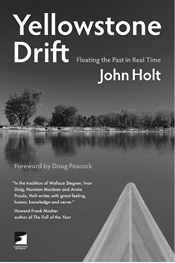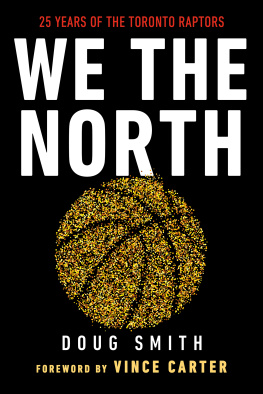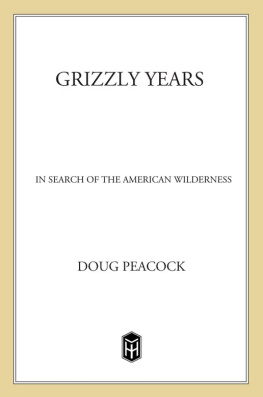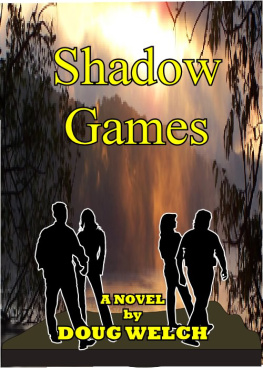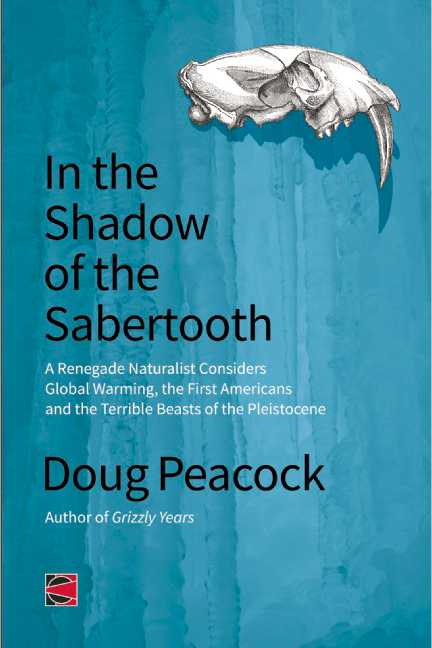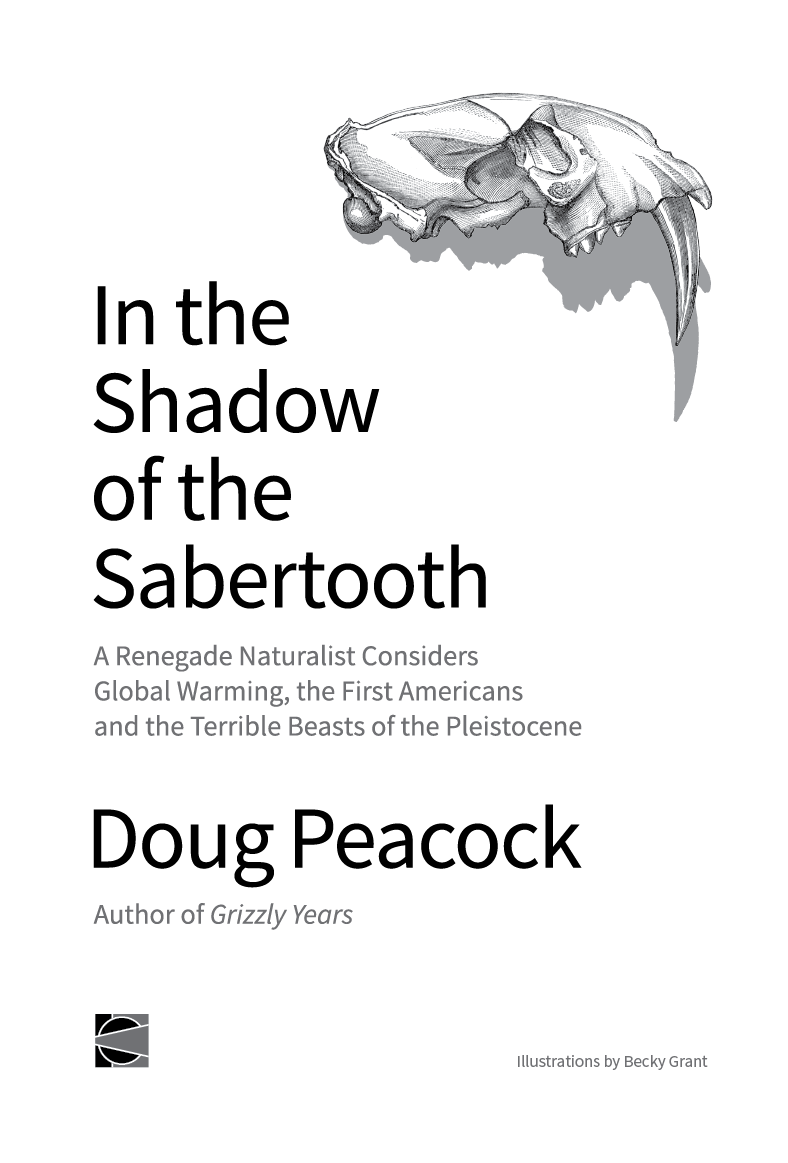Doug Peacock - In the Shadow of the Sabertooth: A Renegade Naturalist Considers Global Warming, the First Americans, and the Terrible Beasts of the Pleistocene
Here you can read online Doug Peacock - In the Shadow of the Sabertooth: A Renegade Naturalist Considers Global Warming, the First Americans, and the Terrible Beasts of the Pleistocene full text of the book (entire story) in english for free. Download pdf and epub, get meaning, cover and reviews about this ebook. year: 2013, publisher: AK Press, genre: Art. Description of the work, (preface) as well as reviews are available. Best literature library LitArk.com created for fans of good reading and offers a wide selection of genres:
Romance novel
Science fiction
Adventure
Detective
Science
History
Home and family
Prose
Art
Politics
Computer
Non-fiction
Religion
Business
Children
Humor
Choose a favorite category and find really read worthwhile books. Enjoy immersion in the world of imagination, feel the emotions of the characters or learn something new for yourself, make an fascinating discovery.
- Book:In the Shadow of the Sabertooth: A Renegade Naturalist Considers Global Warming, the First Americans, and the Terrible Beasts of the Pleistocene
- Author:
- Publisher:AK Press
- Genre:
- Year:2013
- Rating:3 / 5
- Favourites:Add to favourites
- Your mark:
In the Shadow of the Sabertooth: A Renegade Naturalist Considers Global Warming, the First Americans, and the Terrible Beasts of the Pleistocene: summary, description and annotation
We offer to read an annotation, description, summary or preface (depends on what the author of the book "In the Shadow of the Sabertooth: A Renegade Naturalist Considers Global Warming, the First Americans, and the Terrible Beasts of the Pleistocene" wrote himself). If you haven't found the necessary information about the book — write in the comments, we will try to find it.
Doug Peacock, as ever, walks point for all of us. Not since Bill McKibbens The End of Nature has a book of such import been presented to readers. Peacocks intelligence defies measure. His is a beautiful, feral heart, always robust, relentless with its love and desire for the human race to survive, and be sculpted by the coming hard times: to learn a magnificent humility, even so late in the game. Doug Peacocks mind is a marvelthere could be no more generous act than the writing of this book. It is a crowning achievement in a long career sent in service of beauty and the dignity of life.Rick Bass, author of Why I Came West and The Lives of Rocks
Our climate is changing fast. The future is uncertain, probably fiery, and likely terrifying. Yet shifting weather patterns have threatened humans before, right here in North America, when people first colonized this continent. About 15,000 years ago, the weather began to warm, melting the huge glaciers of the Late Pleistocene. In this brand new landscape, humans managed to adapt to unfamiliar habitats and dangerous creatures in the midst of a wildly fluctuating climate. What was it like to live with huge pack-hunting lions, saber-toothed cats, dire wolves, and gigantic short-faced bears, to hunt now extinct horses, camels, and mammoth? Are there lessons for modern people lingering along this ancient trail?
The shifting weather patterns of todaywhat we call global warmingwill far exceed anything our ancestors previously faced. Doug Peacocks latest narrative explores the full circle of climate change, from the death of the megafauna to the depletion of the ozone, in a deeply personal story that takes readers from Peacocks participation in an archeological dig for early Clovis remains in Livingston, MT, near his home, to the death of the local whitebark pine trees in the same region, as a result of changes in the migration pattern of pine beetles with the warming seasons.
Writer and adventurer Doug Peacock has spent the past fifty years wandering the earths wildest places, studying grizzly bears and advocating for the preservation of wilderness. He is the author of Grizzly Years; Baja; and Walking It Off and co-author of The Essential Grizzly. Peacock was named a 2007 Guggenheim Fellow, and a 2011 Lannan Fellow.
Doug Peacock: author's other books
Who wrote In the Shadow of the Sabertooth: A Renegade Naturalist Considers Global Warming, the First Americans, and the Terrible Beasts of the Pleistocene? Find out the surname, the name of the author of the book and a list of all author's works by series.

